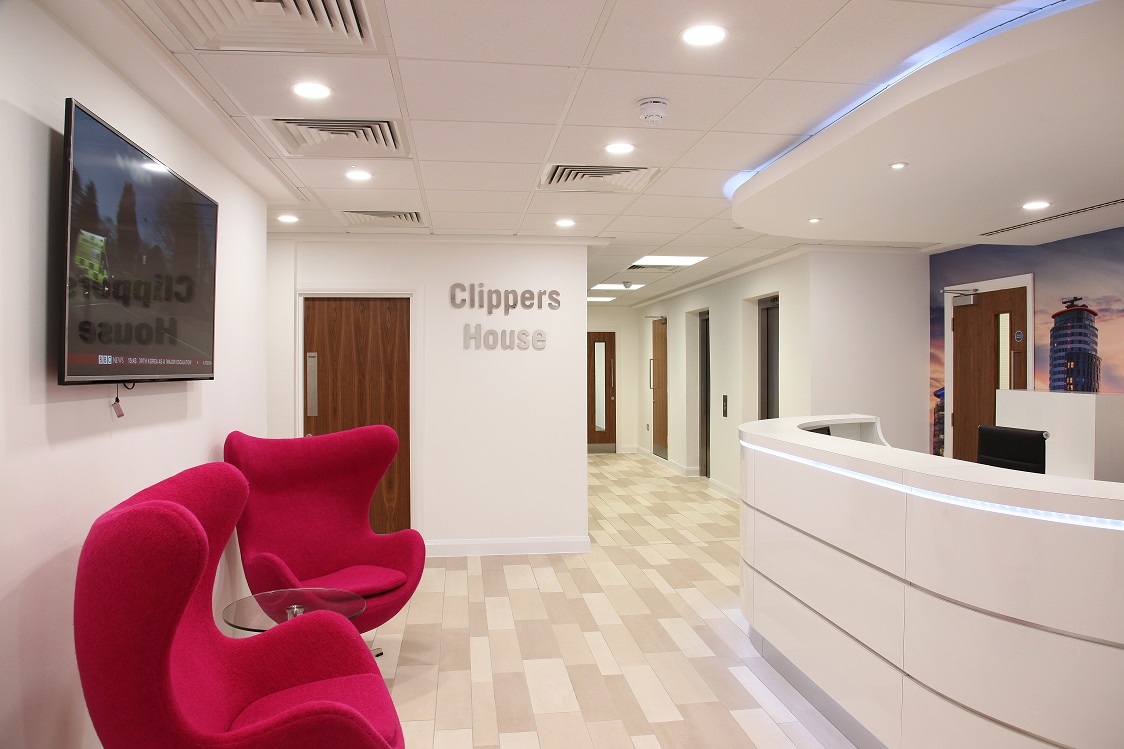Our serviced office spaces are designed to be bright and spacious, with plenty of natural light wherever possible and enough room to comfortably move around.
This has obvious aesthetic appeal – you spend your work days in a pleasant, comfortable environment complete with shared meeting rooms, kitchen facilities and breakout rooms for relaxation.
But there’s more to it than meets the eye. Research published in Italy last summer looked at the effects of the interior design of office space on occupants’ circadian rhythm, which governs the sleep cycle and other factors like daytime alertness.
The study first looked at the optimal conditions for working under artificial lights and then introduced natural daylight to see if this had a further effect on occupants’ melatonin levels, using a measure called Equivalent Melanopic Lux or EML.
A helping hand for daylight
According to the results, natural daylight provides a higher level of indoor illuminance, which helps to increase EML.
But the article conceded that at certain times of the year and when the weather is overcast, natural light alone is unable to deliver the levels of light needed and artificial lights must be used to assist.
In these circumstances, bright office interiors have another advantage – their brighter walls reflect more of the light from both natural and artificial sources, keeping office interiors well lit with less energy consumed.
That means white walls and other reflective surfaces are not only visually pleasing, they also sustain the circadian rhythms of employees and reduce energy bills in the workplace too.
Comfort from colour
If a plain white office doesn’t sound appealing, don’t worry – the study also looked at the effect of colour, which you can find on accent walls and furniture throughout our shared office spaces and meeting rooms.
The research found that coloured panels with high surface reflectance could further boost EML by nearly 10% in offices with a grey interior and by more than 1% in white offices.
According to the research, colours with shorter wavelengths – such as the blue-green end of the spectrum – are especially effective at achieving this.
We believe strongly in the benefits of having some colour around the workplace, as you’ll see in many of our meeting rooms and serviced offices.
You can also add your own branding and decor to the office space you occupy, giving you free rein to include any colours you choose to help boost employee wellbeing and productivity.
Best practice for EML
The International WELL Building Institute’s WELL Standard sets out minimum recommended EML levels for the workplace, including:
- At least 200 EML at over 75% of workstations between 9am and 1pm.
- Minimum 150 EML at all workstations using electric lights.
- Break rooms with at least 250 EML via daylight and/or artificial lights.
Employees can improve their own circadian rhythm further by avoiding bright lights as bedtime approaches – the WELL Standard recommends no brighter than 50 EML in living environments, including bathrooms and bedrooms, at night-time.
By getting bright light in the daytime and reducing EML levels in the evenings, the natural circadian rhythm stays on track, helping employees to get enough sleep and arrive refreshed and ready for work the next day, every day.


